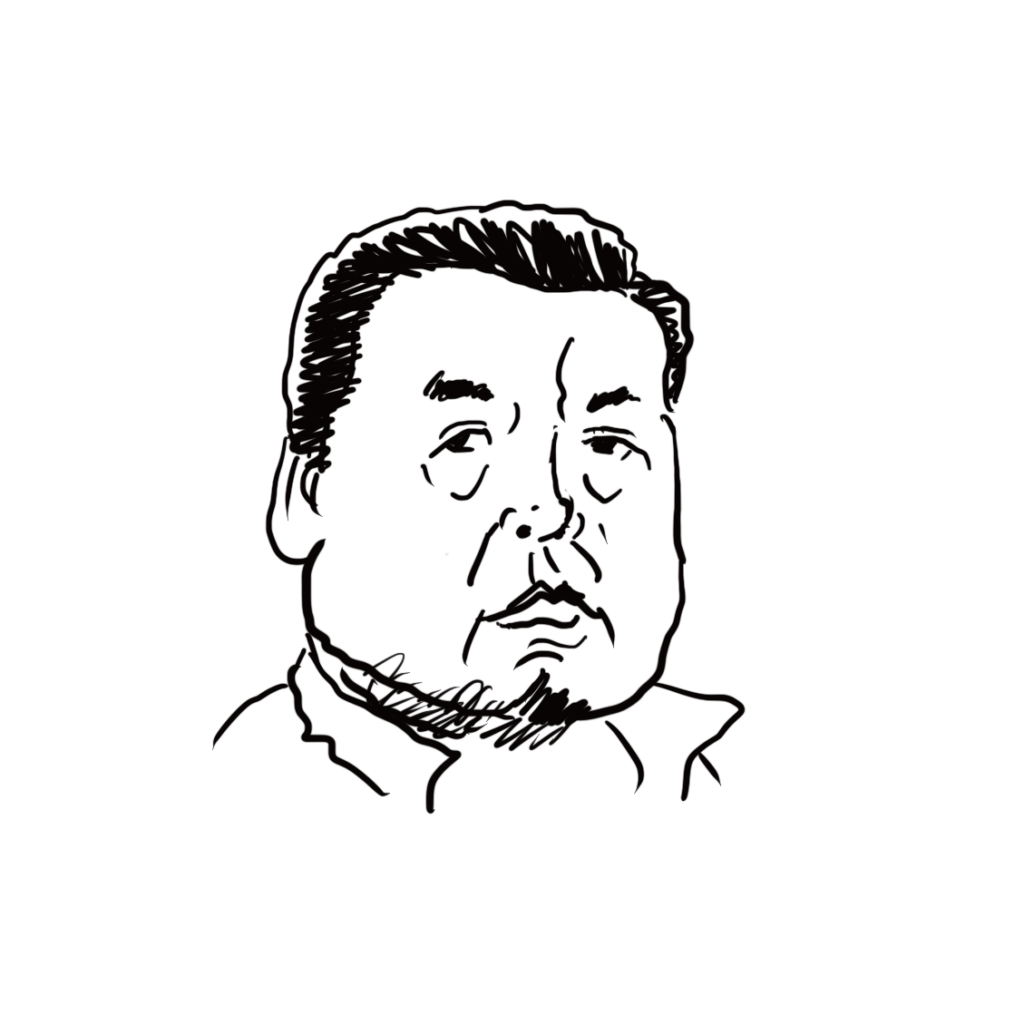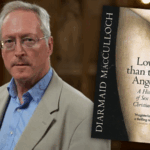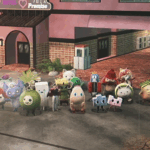Review: Ganbaru: How All Japan Pro Wrestling Survived the Year 2000 Roster Split, Jonathan Foye (self-published)
Sometimes you read a book and realise there’s a whole world out there you never realised existed. Such is the case (for me) with Japanese Pro Wrestling, which has its somewhat-equivalent in the American WWE (as far as I understand it).
Japanese Pro Wrestling, as distinct from traditional, Sumo wrestling, began at the end of WWII after American wrestling promoters brought American-style wrestling to Japan for the troops. After the war it was evangelised amongst the Japanese population, along with other American cultural phenomena such as baseball. At the same time, along with their electronics industry, this hybrid form of wrestling was ‘trendsetting’ internationally for some decades. Of course, there had been Sumo, but Pro Wrestling had a more international flavour, as well as featuring theatrics, while retaining the severe lifestyle of Sumo, which included seclusion and what Jonathan Foye describes as often brutal and hierarchical training and culture.
New Japan and All Japan, rival companies, were set up in the 1970s. Foye’s book follows the fortunes of All Japan and a split that happened in 2000. The different championships seem as complicated as European soccer, and I have about the same interest in understanding the archaisms of Japanese wrestling as I do the machinations of European soccer – i.e. little – but Foye helpfully steers our way through it all, something that is fairly impressive for a non-Japanese (who fell in love with the drama of Japanese Pro Wrestling and has plenty of contact with the industry).
I admit to having to look up whether Japan Pro Wrestling was ‘fake’. The answer is complicated. Like American wrestling, Japan Pro has contrived action and set endings while being still dangerous. The violence may be theatrical, but even backstage, wrestlers were/are expected to keep up ‘kayfabe’ – the illusion of rivalry. As well as the physical element, matches have ‘storytelling’ that refers to previous matches and extends beyond the ring. (Do they call it a ring? And why is a boxing ‘ring’ a ring when it is clearly square?)
In some ways, I suppose, it is like American or Australian football, where the violence is integral but not the main point, although in wrestling you would have to concede that the violence is close to the point. There are intense hits, and broken bones. In 1990, at a match in the Tokyo Dome that was apparently a high stakes match, one wrestler’s eye was put out. The wrestlers met amicably in dressing room after, but the perpetrator said that while the incident was an accident, there was nothing ‘fake’ about their encounter. Tending to recoil from the violence of boxing, and perplexed by the staging aspect of wrestling, I don’t really get much of this, but I can at least understand that fans find it entertaining.
All Japan, which was famous for something called the King’s Road style – inventive, influential, hard – was started by husband-and-wife team Shohei ‘Giant’ (a former baseballer and star wrestler) and Motoko Baba. They thought of and treated their talent as family, but also had a good cop/bad cop routine, exacerbated by Motoko’s status as a businesswoman in conservative Japanese society. She also attracted some resentment for favouring overseas talent, the recruitment of which was also a feature of All Japan.
Mitsuharu Misawa was a star of the All Japan roster, one of, if not the, most influential and celebrated wrestlers. In 1999 Misawa was promoted to ‘booker’, a role that decides those storylines, who wins and how. When Shohei Baba died soon after, Misawa was promoted to president. Motoko Baba and Misawa clashed, in what Foye calls, rather dramatically, ‘Shakespearean’ style, over how to stop a decline in All Japan’s fortunes, where the revenue went, and over tradition and innovation, with Baba favouring the former and Misawa, the latter. In 2000 Misawa was removed by the board, and went on to found his own company, NOAH. He unexpectedly drew most of All Japan’s talent and staff. (The overseas talent mostly stayed on with All Japan though.) This is a big deal because while talent regularly moved around, there is a heavy Japanese emphasis on loyalty. With the loss of a TV deal, All Japan seemed terminal.
The main point of this story is how Baba revived the company, doing so by bringing back an old defector. Doing the unexpected gained ground with fans, a little, perhaps, like how Van Halen brought back David Lee Roth. She also asked former rival company New Japan to form an alliance, which is, I suppose, something like a musical supergroup – Motley Halen perhaps? The promoters played up the rivalry to fans, perhaps like Roth and Sammy Hagar singing together (while insulting each other). In the Pro Wrestling case, two rival associations fighting each other made sense, as far as storylines go, and financially. Except that there were problems with egos, as one would expect if you put Roth and Hagar together on a stage.
There is plenty about revolving doors here, but All Japan survived beyond 2002, when Baba would get out and it would be taken over by a former New Japan wrestler. Foye sees the survival of All Japan as a ‘lesson’ for the likes of sports teams and corporations, a feat of resilience due to out-of-the-box thinking and persistence, which in Japan is termed ‘ganbaru’, which Foye translates as ‘stand firm’ and uses for his book title.
Aside from this, the story might indicate that the behind-the-scenes machinations of the sports industry (or musical industry for that matter) are perennially interesting, and as much so, sometimes, as what goes on under the spotlights, in the arena or on the stage.
NOAH went from ‘strength to strength’, at least for some time. It used the Genesis symbolism in its promotions, continued traditions but also included technical innovations and particular aesthetic innovations Misawa wanted. For some, in a nice phrase of Foye’s, the ‘green mat did not mean greener pastures’ (green being NOAH’s signature colour) and there were some defections back. Once Baba left, All Japan and NOAH began collaborating. All Japan exists today, but Noah was incorporated into another entity, in what seems like an endless reshuffle. Misawa died in 2009 after a move in a match dislocated his spine, further evidence that, while the storylines may have been predetermined, the violence was not fake.
Ganbaru is available now via Amazon.
Nick Mattiske blogs on books at coburgreviewofbooks.wordpress.com and is the illustrator of Thoughts That Feel So Big.












